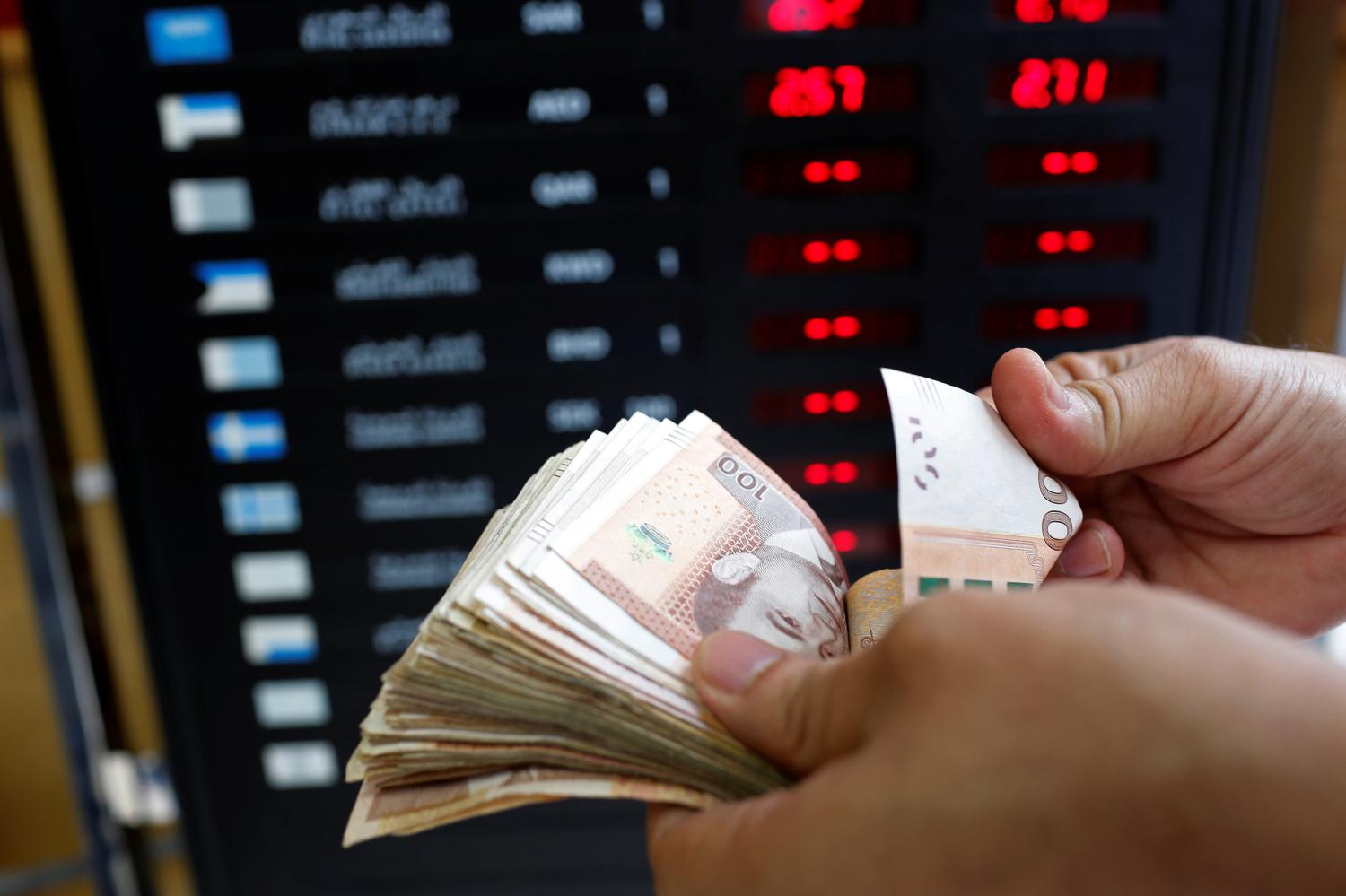The Africa Growth Initiative (AGI) Markets Monitor aims to provide up-to-date financial market and foreign exchange analysis for Africa watchers with a wide range of economic, business, and financial interests in the continent. Following the previous updates in 2016 and 2017, the July 2018 update continues tracking the diverse performances of African financial and foreign exchange markets through the first half of 2018 (2018 H1) and provides a summary of developments throughout 2017. We offer our main findings on key events influencing the region’s economies: rising energy prices, gains in certain African equity markets, a reversal in sovereign bond sentiment, and declines in dollar terms for most of the region’s currencies.
Key trends in 2018 H1
- Commodity markets: Energy and agricultural prices rose in 2018 H1, but metal prices fell slightly. In particular, throughout 2017 and 2018 H1, energy prices continued to recover from the 2014 slump, which adversely affected macroeconomic conditions in oil-exporting countries such as Angola, Cameroon, Chad, Gabon, Nigeria, and the Republic of the Congo. Strengthening oil prices—which have risen from a monthly averages of $54 per barrel in January 2017 to $73 per barrel in May 2018—have eased some of the fiscal pressure on these countries.
- Equity markets: In 2018 H1, the MSCI Emerging Frontier Markets in Africa (excluding South Africa) Index over-performed the emerging markets benchmark while several African equity markets—including Ghana, Kenya, and Nigeria—continued to rally after noteworthy performances in 2017. These positive returns signal that certain African stock exchanges have, for now, managed to weather investor concerns over risks posed by the strengthening U.S. dollar, rising U.S. treasury rates, and trade tensions between the U.S. and China.
- Sovereign bond markets: There was a reversal in sentiment towards African sovereign bonds in 2018 H1 as spreads increased over the board in contrast to 2017. Investors cut exposure to high-yielding, riskier emerging market assets on signs of a stronger dollar and rising U.S. treasury rates. A stronger dollar has renewed investor concerns that some African countries may not be capable of repaying their foreign currency-denominated debts.
- Foreign exchange markets: While most African currencies weakened against the U.S. dollar in 2018 H1, the Kenyan shilling and Zambian kwacha strengthened slightly. These countries benefited from inflows of foreign exchange from offshore investors and international firms, whereas many resource-rich countries are still making fiscal adjustments and rebuilding their foreign reserves following the commodity price slump in 2014.
View the full report here.





